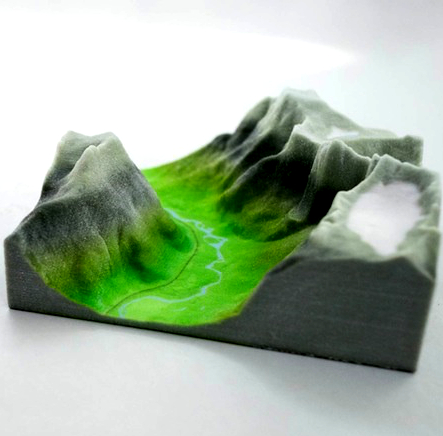New modellers for MDBA
 The Murray-Darling Basin Authority (MDBA) is collaborating with state governments to enhance river modelling expertise across the Basin.
The Murray-Darling Basin Authority (MDBA) is collaborating with state governments to enhance river modelling expertise across the Basin.
A new initiative comes at a time when unpredictable weather patterns, driven by climate change, make understanding water management increasingly critical.
Hydrological modellers use computer simulations to analyse water flow, usage, and weather impacts, which informs policy and helps manage water resources effectively.
“We’re partnering with Basin jurisdictions to recruit and fund new modellers across the Basin,” said Tim Peters, Senior Director of the Integrated River Modelling Uplift (IRMU) program at the MDBA.
He noted the shortage of skilled modellers in Australia, stressing that their expertise will be essential for the foreseeable future.
“With this additional support, underpinned by a range of other collaborative initiatives, data scientists and river experts at all levels of government are enhancing the way we work together to improve river modelling and planning,” he said.
Several new modellers have joined the initiative, each bringing valuable expertise.
Lucas Peralta, originally from Brazil, brings extensive experience in environmental engineering and flood modelling, now working in an MDBA-supported role at the Queensland Department of Environment, Science and Innovation.
Chandi Dissanayake has taken up an MDBA-supported placement at the New South Wales Department of Climate Change, Energy, the Environment and Water (NSW DCCEEW). Dissanayake, who developed a drought assessment tool during her PhD, says she finds the collaboration with various states and MDBA support particularly rewarding.
Dom Regan-Beasley, also with the NSW DCCEEW, is applying advanced technology, including satellite remote sensing, to improve the Barwon–Darling model.
“The collaboration between MDBA and NSW has been incredibly rewarding,” he said, noting the importance of building strong connections between modellers.
Peters emphasised the critical role of these new modellers in linking river models and supporting scientific advancements in the Basin.
“Bringing in talented people like this, and upskilling them, will help link up all our river models,” he said.
These positions are funded by the Australian Government’s Integrated River Modelling Uplift program.








 Print
Print